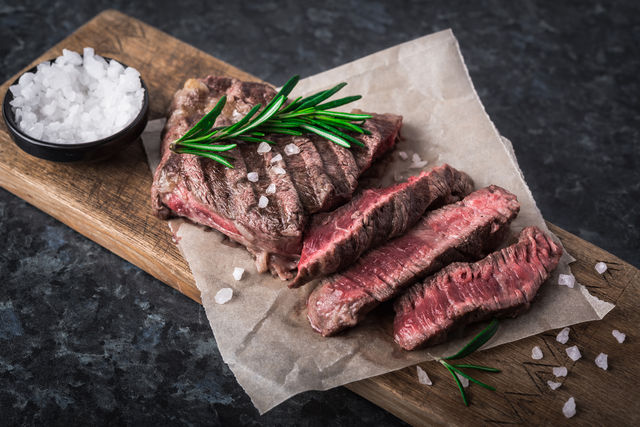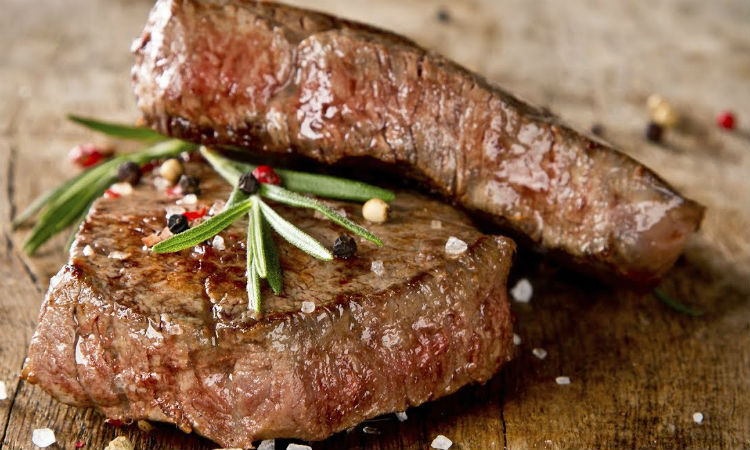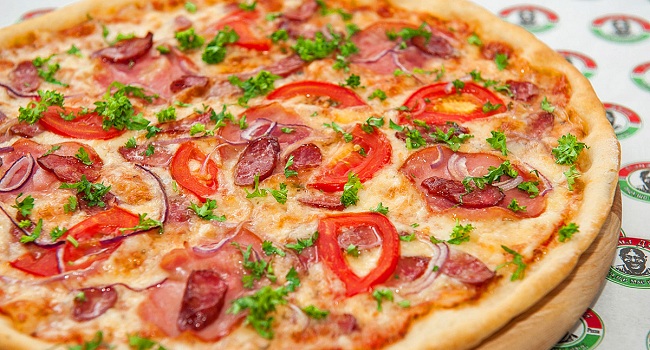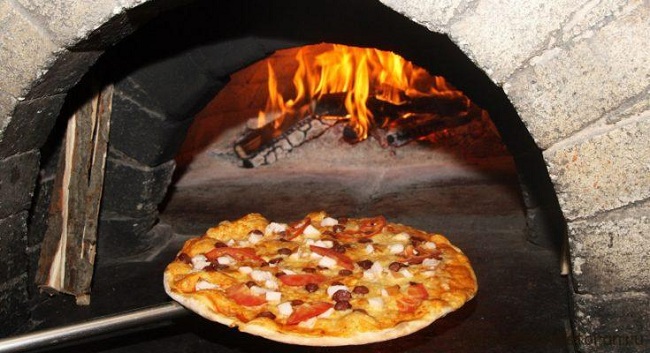If you search on the Internet, you find an illogical, albeit explainable, pattern: there are so many recipes that you cannot cook in a lifetime, and you will not find sensible information on how to choose the right products for this recipe during the day with fire. Meat is a special product that requires the right approach, and therefore, in no way considering myself an expert, I will still give a few tips that I follow myself.
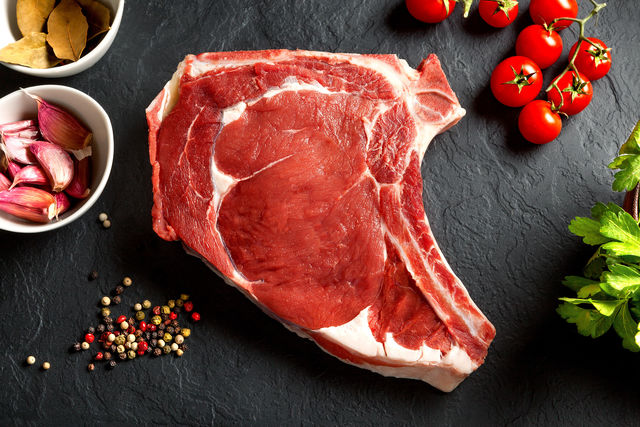
First tip – the market, not the store
Meat is not yogurt or biscuits in a standard package that you can take from the supermarket shelf without looking. If you want to buy good meat, it is best to go to the market, where it is easier to choose and the quality is often higher. Another reason not to buy meat in stores is various dishonest tricks, which are sometimes used to make the meat look more appetizing and weigh more. Not that the market doesn’t do this, but at least you can look the seller in the eye.
Second tip – a personal butcher
Those of us who have not embarked on the path of vegetarianism eat meat more or less regularly. The best thing to do in this situation is to get “your own” butcher who will know you by sight, offer the best cuts, give valuable advice, and order meat for you if it is not available now. Choose a butcher who is humanly pleasant to you and sells decent goods – and do not forget to exchange at least a couple of words with him with every purchase. The rest is a matter of patience and personal contact.
Tip three – learn color
The butcher is a butcher, but it doesn’t hurt to figure out the meat yourself. The color of the meat is one of the main signs of its freshness: good beef should be confidently red, pork should be pinkish, veal is similar to pork but pinker, lamb is similar to beef, but of a darker and more intense shade.
Tip four – inspect the surface
A thin pale pink or pale red crust from drying meat is quite normal, but there should be no extraneous shades or spots on the meat. There should be no mucus either: if you put your hand on fresh meat, it will remain almost dry.
Fifth tip – sniff
As with fish, the smell is another good guide when determining the quality of a product. We are predators, and the barely perceptible fresh smell of good meat is pleasant for us. For example, beef should smell so that you want to immediately make a Tatar steak or carpaccio out of it. A distinct unpleasant smell suggests that this meat is no longer the first and not even the second freshness; in no case should you buy it. An old, proven way to sniff a piece of meat “from the inside” is to pierce it with a heated knife.
Sixth tip – study fat
Fat, even if you intend to cut it and throw it away, can tell a lot by its appearance. Firstly, it must be white (or cream in the case of lamb), secondly, it must have the correct consistency (beef must crumble, mutton, on the contrary, must be dense enough), and thirdly, it must not have an unpleasant or rancid odor. Well, if you want to buy not only fresh but also high-quality meat – pay attention to its “marbling”: on a cut of really good meat, you can see that fat is dispersed over its entire surface.
Seventh tip – elasticity test
The same as with fish: fresh meat, when pressed, bounces, and the hole you left with your finger is immediately smoothed out.
Eighth tip – buy frozen
When buying frozen meat, pay attention to the sound that it makes when tapping, and even cut, a bright color that appears if you put your finger on it. Defrost meat gently, the longer the better (for example, in the refrigerator), and if it has been properly frozen, then, cooked, it will be almost indistinguishable from chilled.
Tip nine – cunning cuts
When buying this or that cut, it is good to know where in the animal carcass it is and how many bones it contains. With this knowledge, you will not overpay for bones and will be able to correctly calculate the number of servings.
Tip ten – end and means
Often people, having bought a good piece of meat, spoil it beyond recognition when cooking – and there will already be no one to blame but themselves. When choosing meat, have a clear idea of what you want to cook, and feel free to share this with the butcher. Frying, stewing, baking, boiling to obtain broth, jelly, or boiled meat – all these and many other types of preparation involve the use of different cuts. Of course, no one will forbid you to buy beef fillet and cook broth from it – but then you will overpay the money, and ruin the meat, and the broth will turn out so-so.


